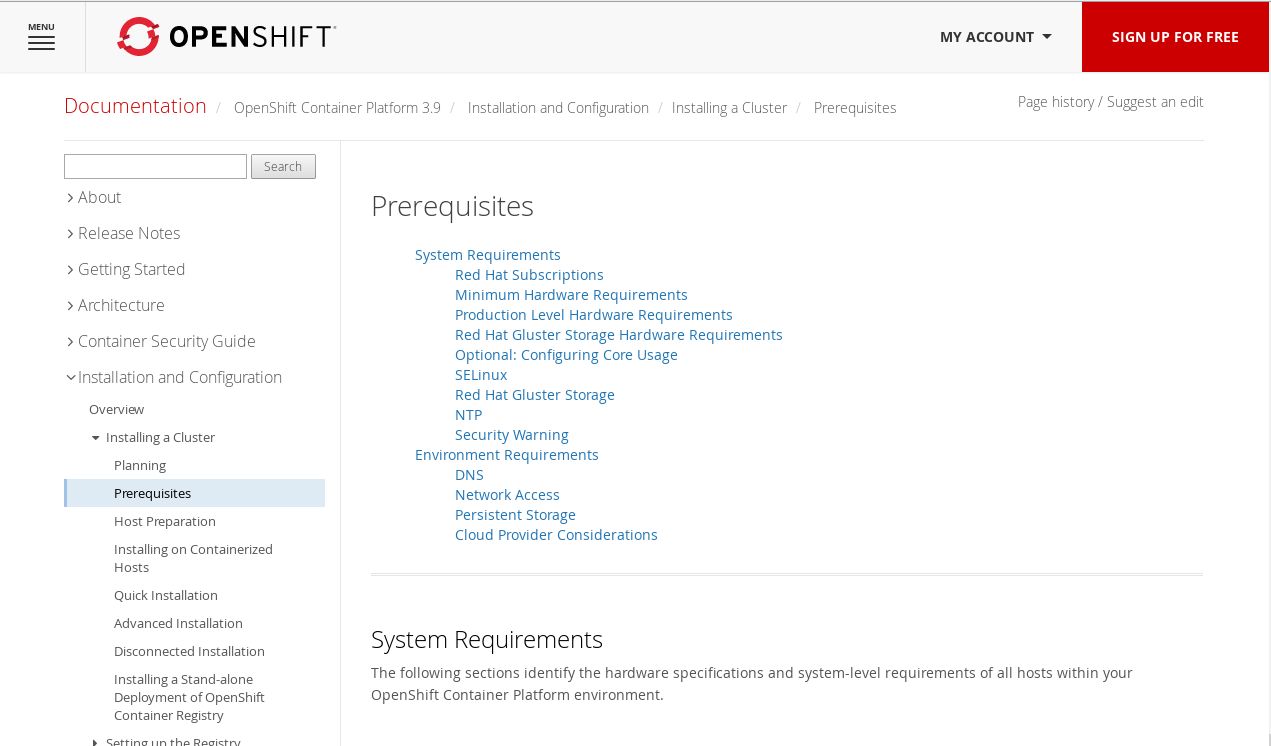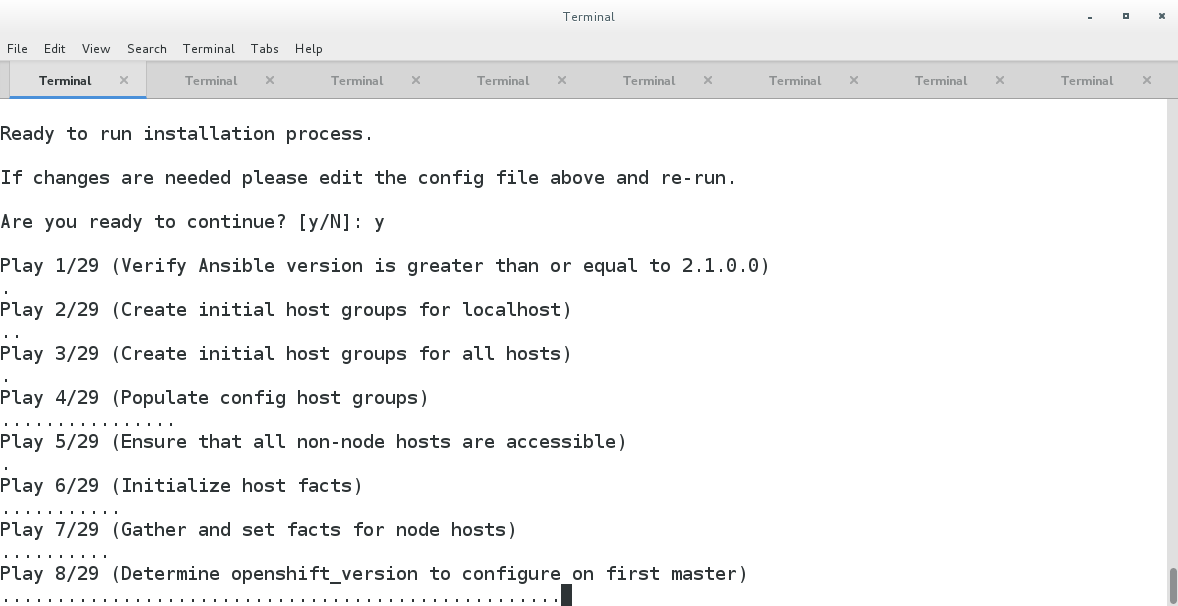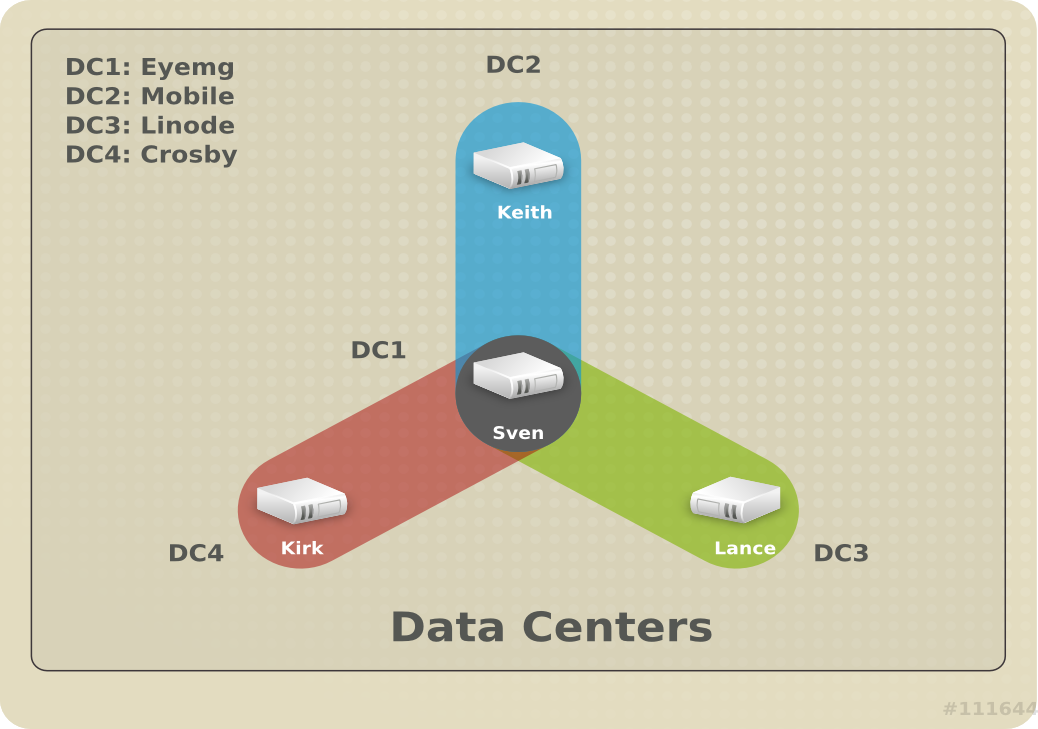Alternate Titles #1: Testing The Latest Container Tools (Podman, Buildah, Skopeo, CRIU, Udica) on RHEL8 #2: Testing The Latest Podman on RHEL8 #3: Testing The Latest Container Tools on CentOS Stream 8 Background If you want to test the latest version of the Container Tools module on RHEL8, you’re in the right place. I’m going
Continue Reading “Testing The Latest Container Tools on RHEL8”




